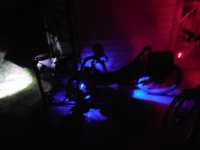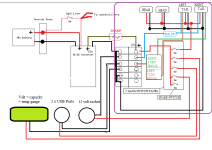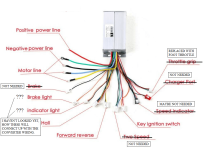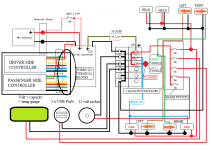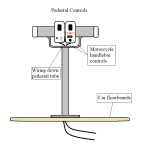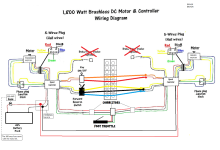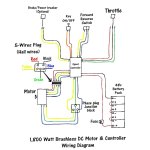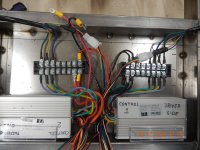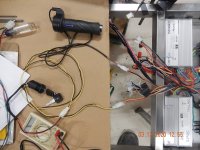Just_Ed
10 kW
fechter said:That's looking good now. :thumb: Always leave a provision for future additions.
I really think your car is going to need "Alien Lights". My son gave me some LED light strips a while back that I'm reminded of when I saw the alien lights thing. These peel-and-stick LED strips run off 12v and have a programmable remote that can do all sorts of color change, strobing, chasing, etc. Great for mounting on the bottom of the car for ground effect lighting.
And don't forget the laser weapons:
https://youtu.be/FsBR3ZyX_YI
But that's only about 5w. I have a 40w CO2 that runs off 48v.
Oh Man! Don't get my creative juices flowing.
And that laser weapon, does it weld or cut steel? :lol:
Look for the 'Alien Lights, in an upcoming episode, of 'StreetRunner on Steroids'.
That will draw attention.I have a 40w CO2 that runs off 48v.
OK, I'm psyched, now to get the components.
Thank you again for helping me.


